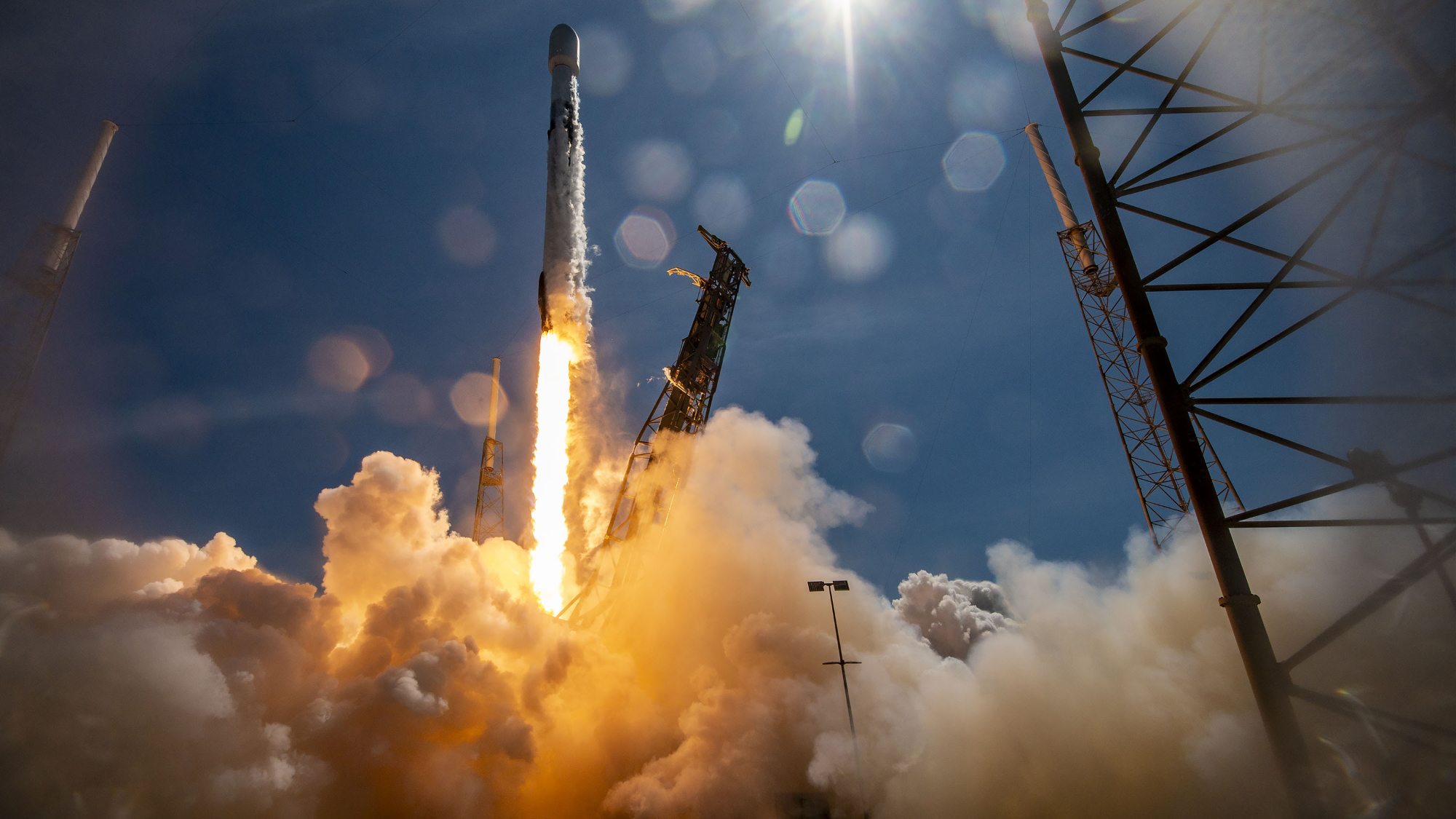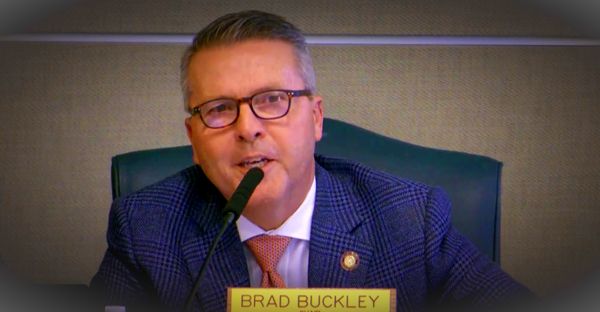
CAPE CANAVERAL, Fla. — A new space observatory is flying across the void after a dramatic launch atop a SpaceX rocket Saturday (July 1), but its journey has just begun.
The European Euclid space telescoe began its long journey to deep space on a SpaceX Falcon 9 rocket at 11:11 a.m. EDT (1511 GMT) from Cape Canaveral Space Force Station on Florida's Space Coast.
"You can imagine all the tension and all the pressure that is on people," European Space Agency director-general Josef Aschbacher said at a briefing after the launch Saturday (July 1). He added not all the tension has dissipated yet.
Related: How will Europe's Euclid space telescope see into the dark universe?
"It was really a fantastic launch — from the insertion of the spacecraft into orbit separation," he noted. But he said researchers are anxious to the point "where the various instruments are being switched on. This takes a couple of weeks."
The space observatory will now spend the next month commuting to the sun-Earth Lagrange point 2, which is about 1 million miles (1.5 million km) away from our planet on the opposite side of the sun.
Next comes a complex sequence of tests and observations to make sure its two instruments are ready to go before it is cleared for its ultimate mission: to find evidence of invisible dark matter and dark energy and how it is shaping our universe, Euclid project manager Giuseppe Racca told Space.com.
Related: We've never seen dark matter or dark energy. How do we know they exist?

Now that Euclid is in space and sending signals home, its first task is to put itself on the right trajectory for L2. That will happen roughly two days after launch, and its path will be verified along the way to make sure it is heading in the right direction.
The first month of Euclid's space journey will see it fly to L2, naturally cooling down to space temperatures, while all instruments and systems will be checked out for space. Then months 2 and 3 will see engineers assess the performance of Euclid against what we'd expect on the ground (which will include, perhaps, the release of some calibration images — although mission representatives are tight-lipped about the timing.)
"After this total of three months, then we should be ready to start science observations, but we still have to make some particular calibration even then," Racca said. Euclid will probably be fully ready in about eight months, assuming nothing goes awry during the testing.
The long calibration sequence is akin to what the NASA James Webb Space Telescope experienced after its own launch and journey to L2, which luckily happened with just minor calibration issues. JWST is peering at teeny-tiny sections of the universe in high detail, while Euclid will instead survey large swaths of the sky for the bending of light around stars or galaxies. That's a telltale sign of the dark universe.
Racca said team members will especially be anxious for image quality, which can be affected by things such as humidity — an irony considering Euclid launched from Florida during a typical damp July day. "Only a few nanometers of water ice into our optics affects our image quality," he said.
There fortunately is a backup plan if Euclid has a bit of stray moisture, but mission project scientist René Laureijs told Space.com it will be tricky.
"If we do have contamination, we have to heat up the satellite to cool it down again to get the moisture away," he said. "In principle, we can just do it. But it will shot a hole in our schedule."
Euclid needs to get moving quickly to map 15,000 square degrees (a third of the sky), so the team will be watching anxiously to make sure it's ready to go. If the moisture does need to be removed, Laureijs said it will be "difficult to do in order to finish the survey on time," but there is still room for it.
Elizabeth Howell's trip to Florida was co-sponsored by Canadian Geographic magazine and Canada's University of Waterloo, where Euclid's primary science coordinator (Will Percival) is based. Space.com has independent control of news coverage.







